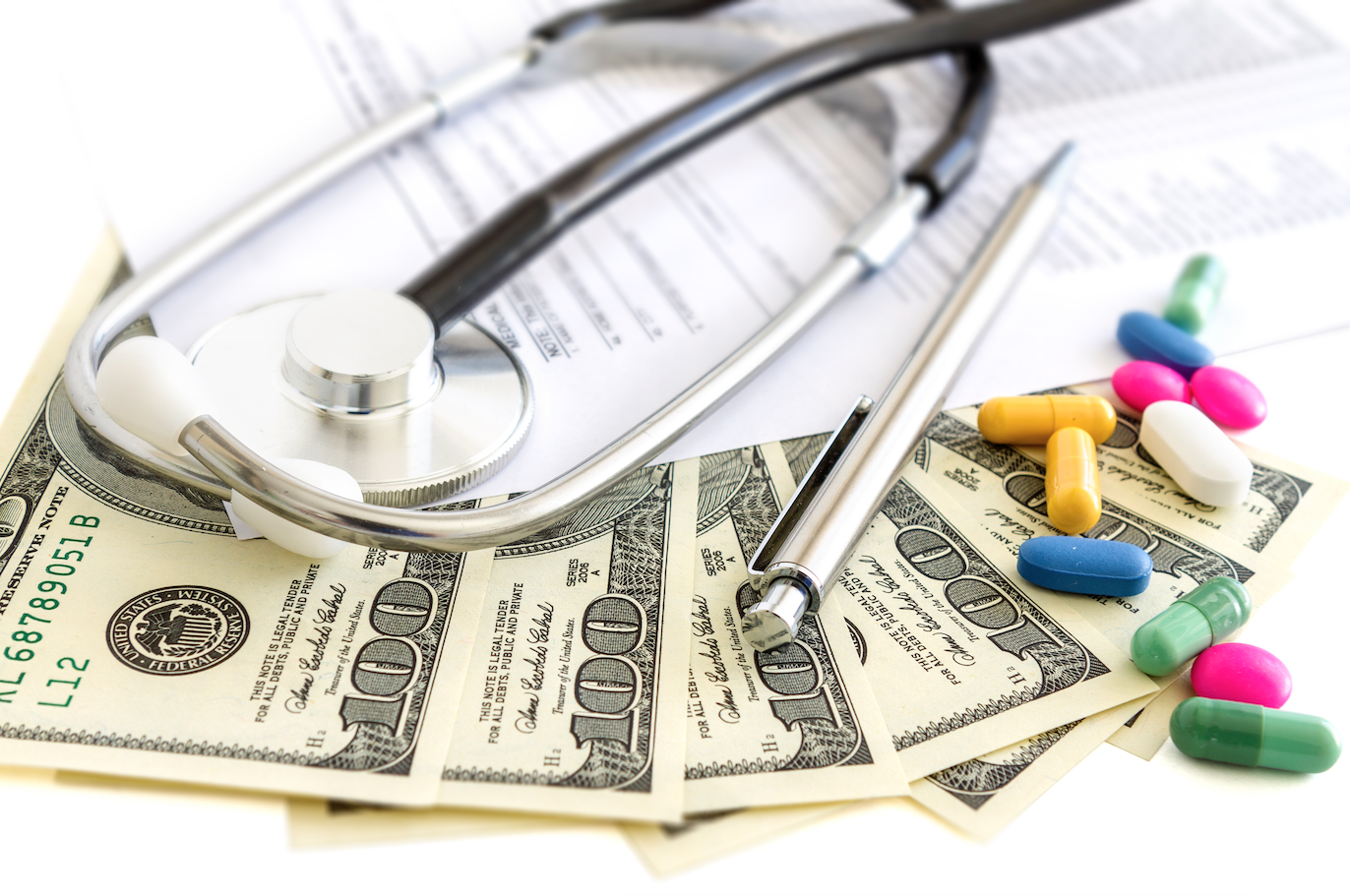By Selena Garrison
Health care expenses. The very phrase makes my bank account quake. A 2015 study from the Urban Institute revealed that the average lower to middle income household buying health insurance on the marketplace spent over 10 percent of their income on health care costs, with many spending as much as 25 percent. With the always-increasing costs of health care, many people are looking for ways to save money while still meeting their health care needs.
Of course, the best way to save money on health care is through preventative care. Healthy people just do not have to spend as much money on medical intervention. Preventative care includes keeping up a healthy lifestyle, staying alert to changes in your body, appropriate annual screenings and visiting your doctor for continual monitoring of chronic conditions. Most communities have health fairs that offer free screenings for conditions like diabetes, HIV, high blood pressure, etc. Take advantage of them!
It is also very important to select the right insurance policy and know what it covers. This can take a lot of research, but it will be worth it when you need to use your coverage. You need a plan that includes your doctors and medications, as well as provides coverage for chronic conditions. Find out about preapprovals, emergency room visits, copays for visits and coinsurance for procedures. Websites such as Individualhealthquotes.com and others are available to compare various insurance policies. You can also bypass doing your own research by utilizing an insurance agent.
Additionally, you should always check bills and statements for errors and negotiate large medical bills. Be vigilant in making sure that coding errors and other mistakes are not robbing you of the coverage you deserve. If you are hospitalized or undergo a costly procedure, get an itemized bill, check it for errors and ask the billing department about discounts or payment plans. Common errors include duplicate charges, charges for canceled tests or procedures, incorrect patient information resulting in claim denial, upcoding charges (being billed at a higher level of care than you actually received), incorrect quantities of items used or medications, and incorrect operating room/anesthesia times.
You can also shop around for medication. GoodRX.com is a great place to start, and it lists cash prices for medications at many area pharmacies. For instance, a quick search for Lipitor reveals prices ranging from $12 at Winn-Dixie to $70 at Publix, with coupons available on the site. Walmart, Target and many supermarket pharmacies also offer $4 generic drugs, which may be less than your insurance copay. You should also periodically check in with your doctor to make sure you still need to be taking (and paying for) all of your medications.
Lastly, check into alternative options to visiting your brick-and-mortar doctor’s office. Most major insurers, including Blue Cross, United and Aetna to name a few, offer video or phone consultations with a licensed physician at a fraction of the cost (or even free). Other plans have a hotline that can answer questions to help you decide whether a visit to the ER or urgent care is necessary. Not only do these options save you money, they also save you time sitting in the waiting room.
Taking care of yourself should be a top priority, but it shouldn’t be something that costs you a quarter of your income. Practice these cost-saving tips to help keep your body (and bank account) healthy!

